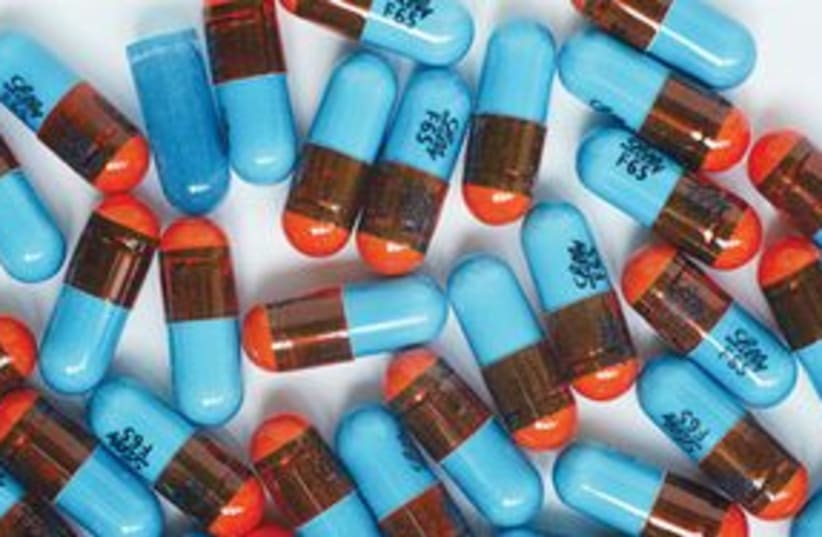NANO TREATMENT FOR CHRONIC WOUNDSA low-cost, nanometer-sized drug to treat chronic wounds such as diabetic foot ulcers or burns has been developed by a group of scientists from the Hebrew University of Jerusalem, Harvard Medical School and others in the US and Japan.Diabetes is a rapidly growing medical problem affecting close to three percent of the world’s population; poor blood circulation arising from diabetes often results in skin wounds that do not heal, causing pain, infection and at times limb amputation.Several proteins,called growth factors, have been found to speed up the healing process, but purifying them is very expensive, and they do not last long on the injury.The multinational team, who published their findings recently in Proceedings of the [US] National Academy of Sciences (PNAS), have used genetic engineering to produce a “robotic” growth factor protein that responds to temperature. Raising the temperature causes dozens of these proteins to fold together into a nanoparticle that is more than 200 times smaller than a single hair. This greatly simplifies protein purification, making it very inexpensive to produce, they wrote. It also enables the growth factor to be confined and remain at the burn or wound site. The scientists, including Dr. Yaakov Nahmias, director of the HU Center for Bioengineering in the Service of Humanity, refer to their discovery as robotic, since just as robots are machines that respond to their environment by carrying out a specific activity, so too this protein they responds and reacts to heat. The experimental drug, which has been developed by the research group as a topical ointment, is patented and so far – used to treat chronic wounds in diabetic mice – dramatically increasing the healing rate. The team aim to go to clinical trials after future tests and refinements.
Health Scan: Drugs at petrol stations? No thanks
'Clothespin' fixes leaky heart valves; nano treatment for chronic wounds.

NANO TREATMENT FOR CHRONIC WOUNDSA low-cost, nanometer-sized drug to treat chronic wounds such as diabetic foot ulcers or burns has been developed by a group of scientists from the Hebrew University of Jerusalem, Harvard Medical School and others in the US and Japan.Diabetes is a rapidly growing medical problem affecting close to three percent of the world’s population; poor blood circulation arising from diabetes often results in skin wounds that do not heal, causing pain, infection and at times limb amputation.Several proteins,called growth factors, have been found to speed up the healing process, but purifying them is very expensive, and they do not last long on the injury.The multinational team, who published their findings recently in Proceedings of the [US] National Academy of Sciences (PNAS), have used genetic engineering to produce a “robotic” growth factor protein that responds to temperature. Raising the temperature causes dozens of these proteins to fold together into a nanoparticle that is more than 200 times smaller than a single hair. This greatly simplifies protein purification, making it very inexpensive to produce, they wrote. It also enables the growth factor to be confined and remain at the burn or wound site. The scientists, including Dr. Yaakov Nahmias, director of the HU Center for Bioengineering in the Service of Humanity, refer to their discovery as robotic, since just as robots are machines that respond to their environment by carrying out a specific activity, so too this protein they responds and reacts to heat. The experimental drug, which has been developed by the research group as a topical ointment, is patented and so far – used to treat chronic wounds in diabetic mice – dramatically increasing the healing rate. The team aim to go to clinical trials after future tests and refinements.